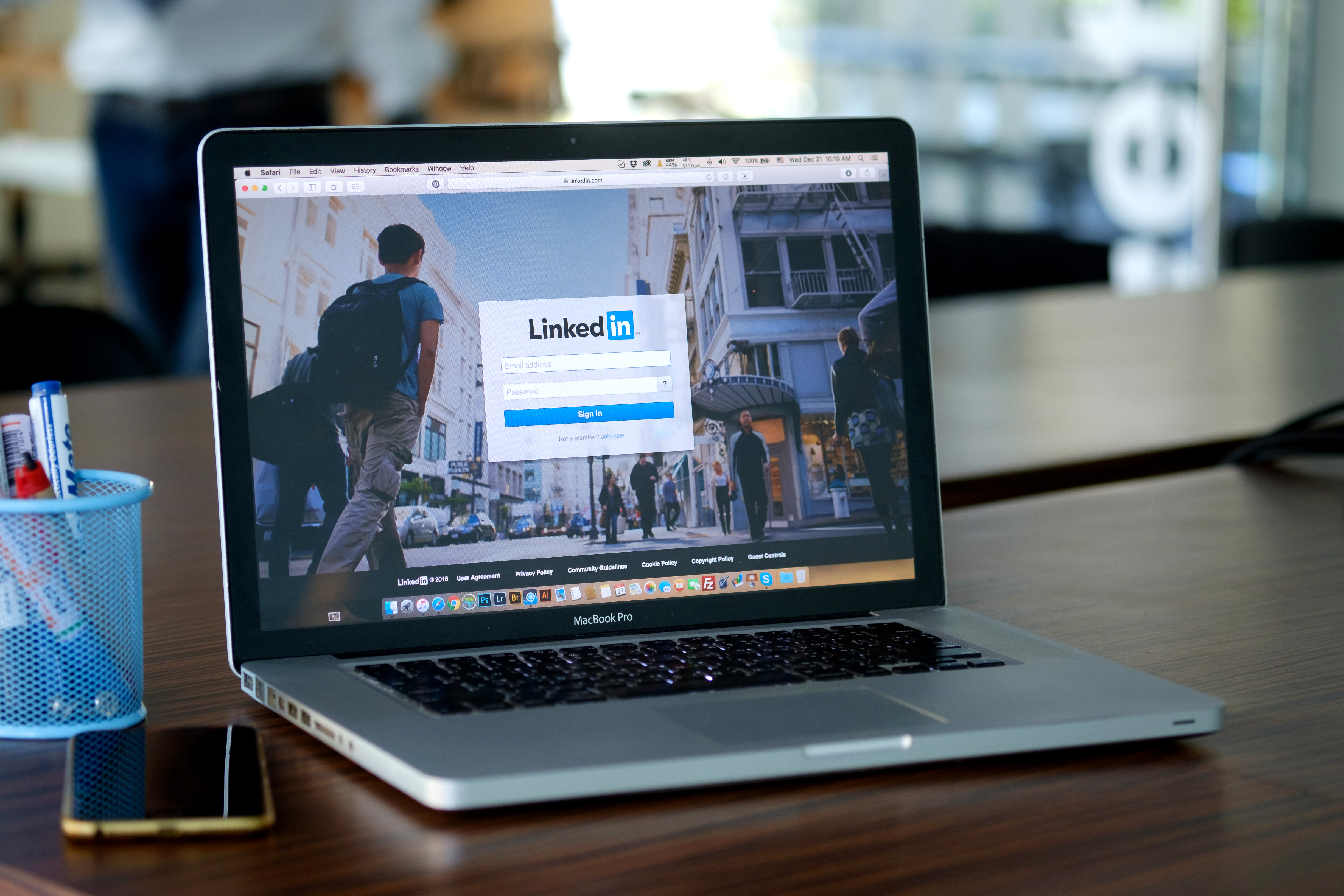The power of personal connection for recruiters
 In a previous post, we explored how schools can alter admissions criteria to focus more on personal stories while typical screening methods are being challenged. As a second installment in this series on personal connection, we’ll examine how recruiting staff can use relationship building in different ways to pull prospects through the funnel.
In a previous post, we explored how schools can alter admissions criteria to focus more on personal stories while typical screening methods are being challenged. As a second installment in this series on personal connection, we’ll examine how recruiting staff can use relationship building in different ways to pull prospects through the funnel.
While in-person events are suspended or re-invented, campus tours are altered based on states’ gathering requirements and safety restrictions are limiting travel that would have normally been key to recruiting, admissions staff are having to get creative. Are you searching for ways to connect with leads and prospects, but you can’t employ your usual tactics? Here are a few successful strategies we’ve seen from working with different graduate and undergrad institutions.
Pick up the phone
You may be thinking that listing phone calls as a top strategy would be obvious. But when was the last time you talked to a good friend – instead of texting or posting on social media? While many people consider themselves to be “connected” 24/7, a constant stream of emails and texts can be lonely and often overwhelming. If your prospects have signed up to take an admissions test, or started researching schools, their inboxes are full. A personal phone call or voicemail can cut through that clutter. Hearing from a real human being can make a huge difference to prospects who may be on the fence. You can be there to answer questions in real time and also provide a window into the personal side your program offers, and find ways to forge a connection with them. Tips for a successful conversation:
- Keep it brief. You don’t have to discuss anyone’s life story, but you can stick to a few talking points and ask them if they have any questions.
- Take notes. You’ll want to show you’ve taken a personal interest in them so you can bring it up in future communications. It can be a note about their current employer, or even their dog’s name.
- Follow up in a timely fashion. Send answers to their questions right after your chat and take this opportunity to engage them in your CRM.
- Focus on the real leads. Be sure to dig through your list of leads and prioritize the ones that are the most likely to be interested in your program. You can also create a re-engagement strategy for stagnant leads.
Use video to your advantage
While many videos you may be using are pre-recorded, they are still personal and can strike a chord with prospects. You can try producing video ads as well as longer-form videos for your YouTube channel. Topics can range from campus tours, student testimonials or even a look inside the classroom. To be more socially aware and relevant to today’s educational landscape, you may consider altering current videos with new footage that reflects social distancing. Or you may even post a Q+A with current students about how school is going with safety standards in place.
Webinars, podcasts and live events
You don’t have the be intimidated by podcasts, webinars and live events. In fact, creating them and leveraging them may be easier than you think. Try these tips for finding the tools you need, developing content ideas and using these digital assets in your marketing.
Be sure to engage a variety of thought leaders throughout your school’s community. Since these events are a relatively low time commitment, you can interview faculty, create a student panel, or hear from admissions directors. You can even broadcast live from a favorite campus spot to give prospects a view of the surroundings.
If you’re looking for ways to integrate new recruitment strategies into your enrollment plan, GPRS can help. With years of experience working in the higher education industry, we are skilled at customizing your message for your unique audience to increase enrollment. Contact us today to start the conversation.

 A new year often comes with a new energy, new goals and a new mindset. While many of us eagerly awaited the end of 2020 and a fresh start, we also knew that we would likely still be contending with a complex landscape (especially in education) that would require flexibility, creativity and resilience.
A new year often comes with a new energy, new goals and a new mindset. While many of us eagerly awaited the end of 2020 and a fresh start, we also knew that we would likely still be contending with a complex landscape (especially in education) that would require flexibility, creativity and resilience. If you’ve ever advertised or sold a product or program, you’re familiar with how important your target audience is to your marketing strategy. Personas are target audiences on steroids, a kind of hyper-targeting to help you dig even deeper and uncover the key motivations behind buying behavior. If you’ve heard the buzz about personas and are interested in how to create and use them to enrich your marketing, and
If you’ve ever advertised or sold a product or program, you’re familiar with how important your target audience is to your marketing strategy. Personas are target audiences on steroids, a kind of hyper-targeting to help you dig even deeper and uncover the key motivations behind buying behavior. If you’ve heard the buzz about personas and are interested in how to create and use them to enrich your marketing, and 


